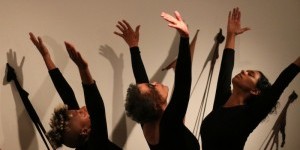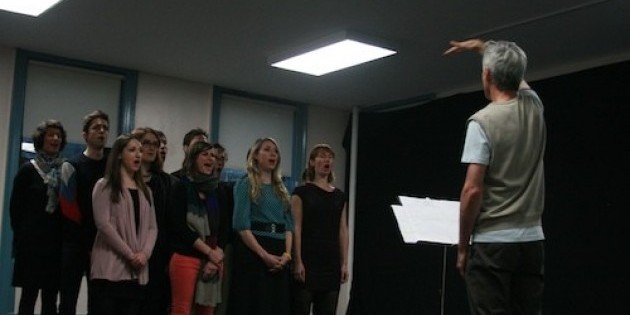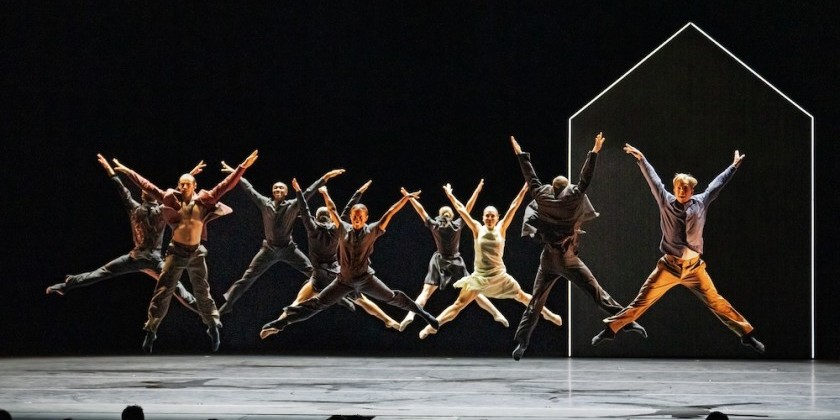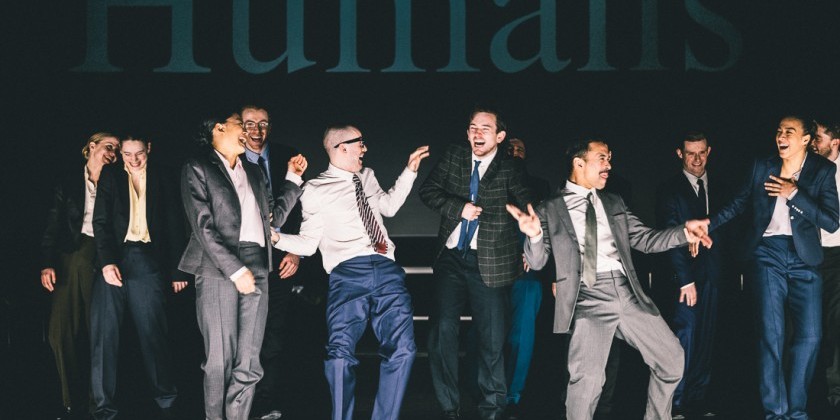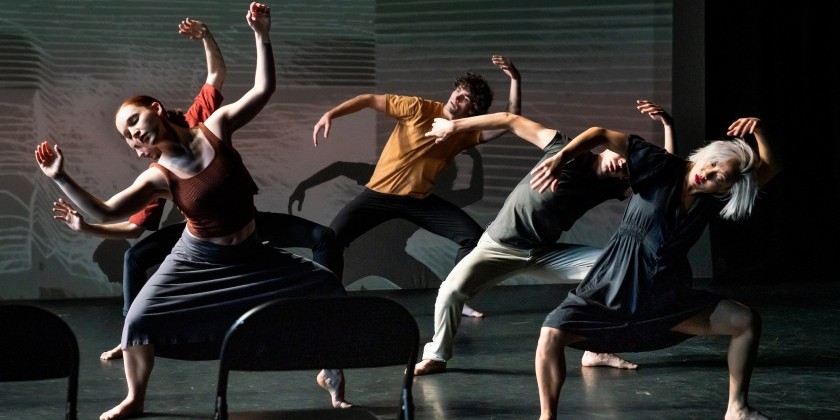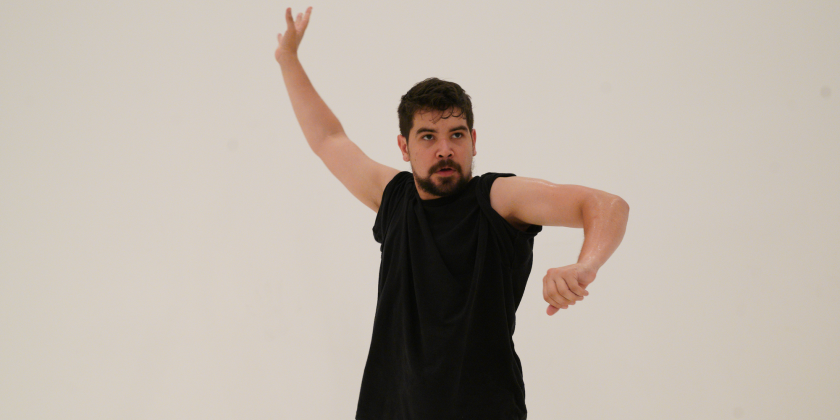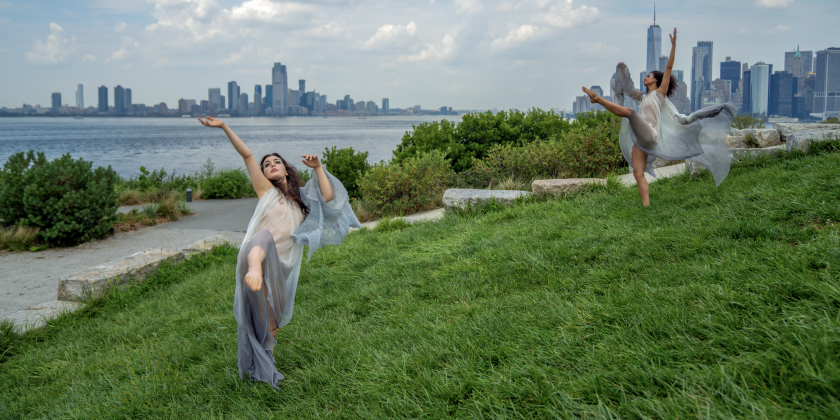Impressions of Einat Amir’s “Our Best Intentions”
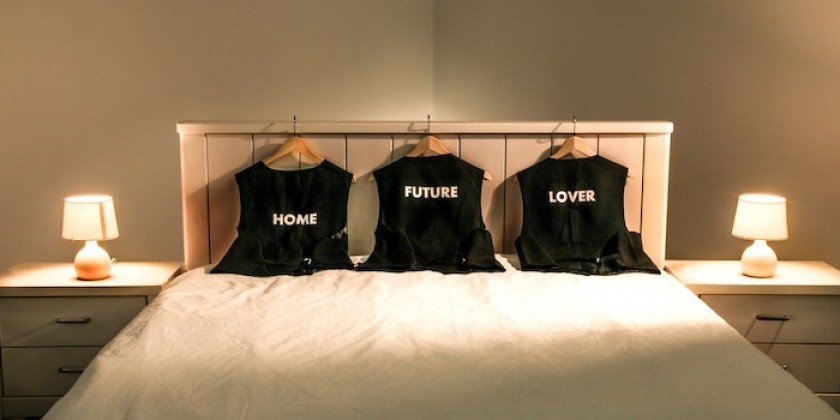
Presented by Artis in conjunction with Performa 13
Hosted by Affirmation Arts
November 23, 2013
Created by Einat Amir
Moderators: Mika Lee, Rob Reece, Talia Weiss Peckerman, Lelie Satin
Spilling our guts is a national pastime. We do it in public, posting every feeling, both trivial and consequential, to Twitter, Facebook, and Tumblr while dissecting confessional reality shows with our colleagues. We do it in private, reading books by famous psychologists like Dr. Phil and visiting our own therapists. Even hardened gangster Tony Soprano had a shrink. You may wonder if Tel Aviv-based artist Einat Amir’s new piece about psychotherapy (commissioned and presented by Artis for Performa 13) is redundant. But Amir’s Our Best Intentions contains a twist — audience members must participate, revealing to outsiders their innermost anxieties.
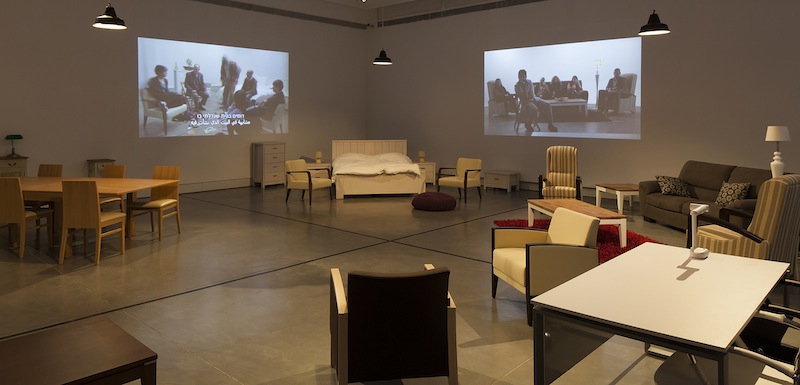
Amir divides the space at Affirmation Arts into four domestic areas: dining room, living room, office, and bedroom. After selecting a black vest stamped with words like FUTURE, LOVER, and HUMILIATION, we choose a seat in the chamber of our choice. Four moderators pull up chairs and join us as the lights dim. Our apprehension crackles in the darkness.
In truth, there’s nothing to fear. Each vignette — there are four, each corresponding with a room — addresses a distinctive method of getting in touch with one’s feelings.
A pattern quickly emerges: The scenarios open with an icebreaker in which everyone introduces himself or herself. In the living room, we state our names and produce a signature gesture. The bedroom leader instructs his group to “dance,” which results in a flurry of step tapping and arm waving. As comfort levels increase, the facilitators segue into more personal explorations. The bedroom quintet plays team-building exercises reminiscent of a high school drama class while a middle-aged woman in the dining room recounts a memory of her beloved grandmother.
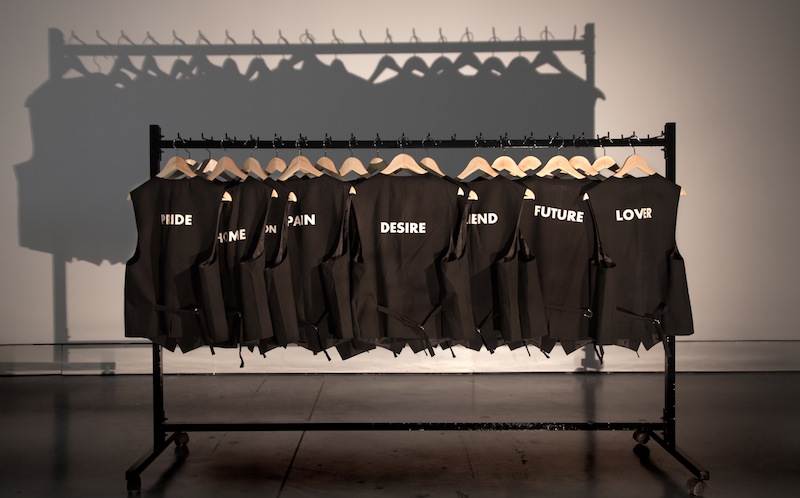
Einat Amir's Our Best Intentions. Photo by Dan Haimovich.
It doesn’t take long before the pitfalls of using your audience as performers become apparent. In the living room, a handsome man struggles to articulate his feelings about awkwardness, the word stenciled on his vest. The facilitators repeatedly remind us to speak up. Like a bad dress rehearsal, we forget our lines and must be prompted. Most of the humor is accidental. In one sketch in which players mirror feelings, one woman blurts out “I’m confused” to our laughter. So are we.
Amir is foremost an artist, and each situation comprises an element of visual composition. Sometimes, an audience member guides the action — “face back and look over your shoulder” was my directive — while other times the guide will arrange their team in pleasing tableaux. Therapy never looked so well designed.
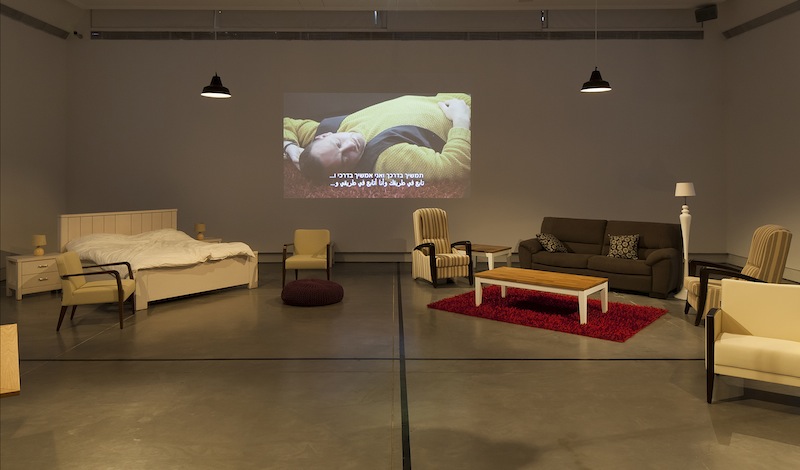
Installation shot of Einat Amir's Our Best Intentions in Petach Tikva Museum of Art.
Photo by Elad Sarig.
Our Best Intentions, interesting in theory, proves to be less riveting in practice. Listening to strangers explore issues irrelevant to you quickly loses its luster. The moderators, warm but assertive, contrive to create curiosity, but there is little they can do with our humdrum source material.
The best scenario occurs in the office: An auburn-haired facilitator inaudibly whispers instructions to her team. After removing their shoes and socks, individuals pace the space while one swims on a coffee table. In the climax, they line up and stroke the wall. Watching their physical psychotherapy highlights the catharsis intrinsic in movement. Without being privy to their blundering vocalizations, these motions take on resonance and our sympathies deepen. This we understand.
Follow Erin Bomboy on Twitter @ErinBomboy




